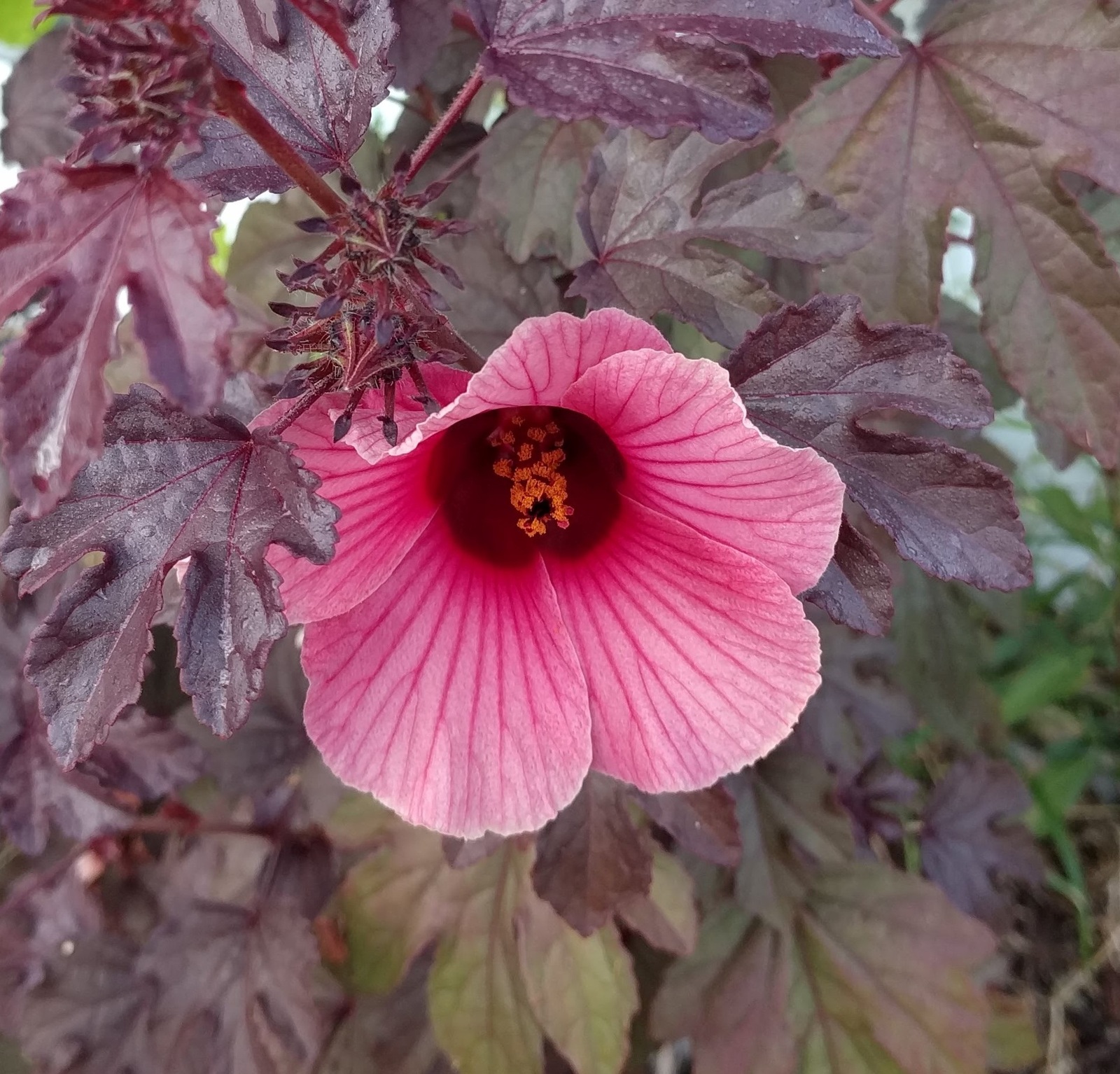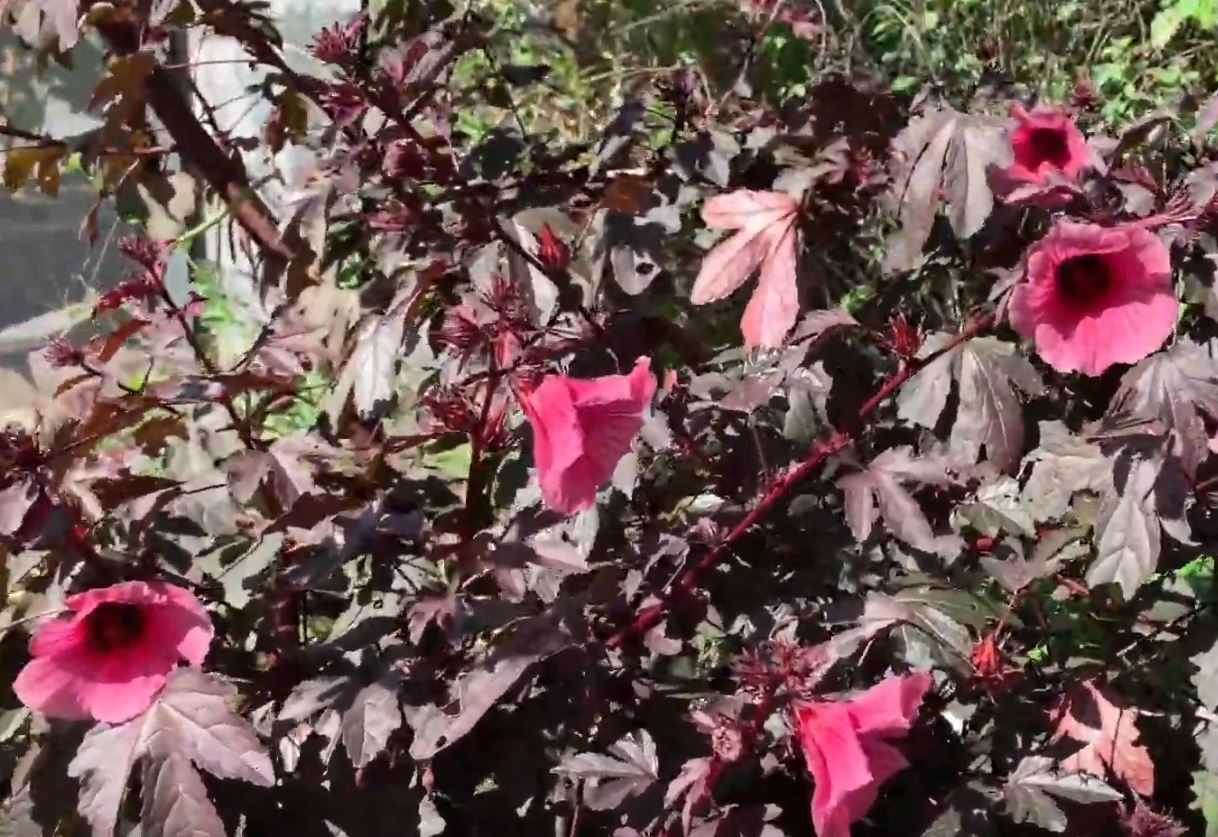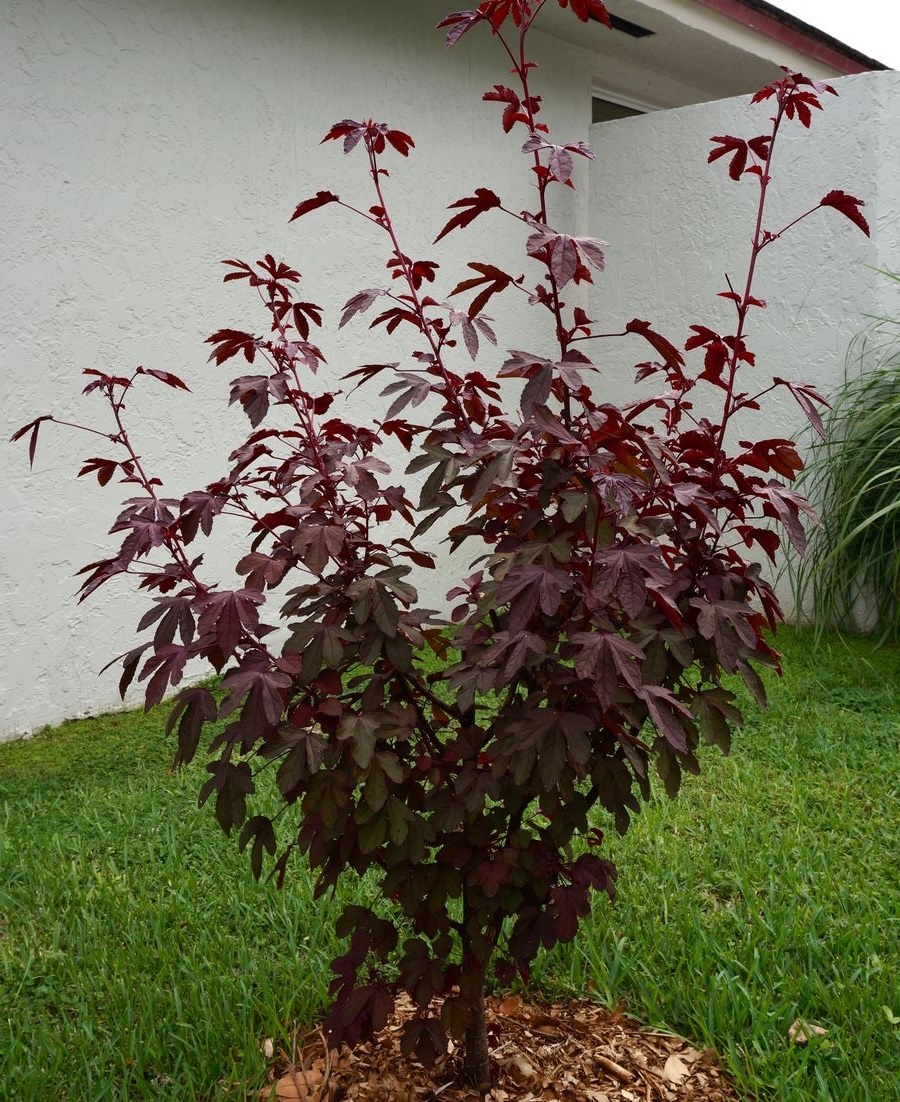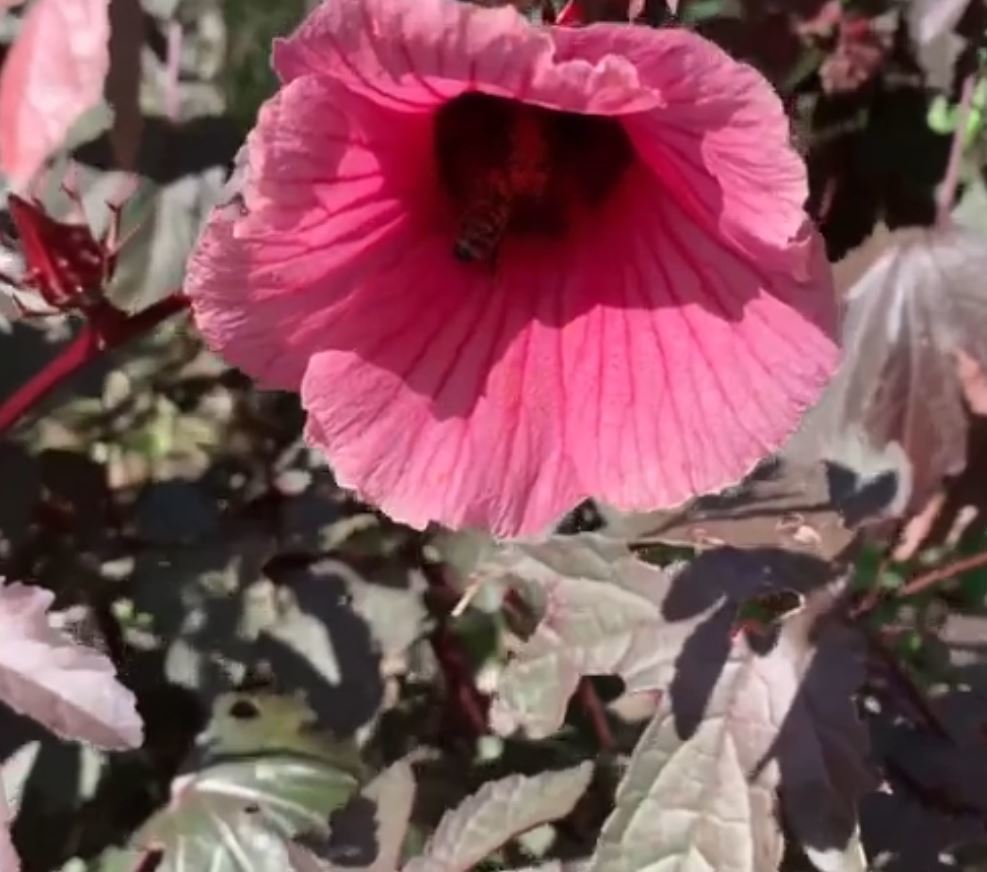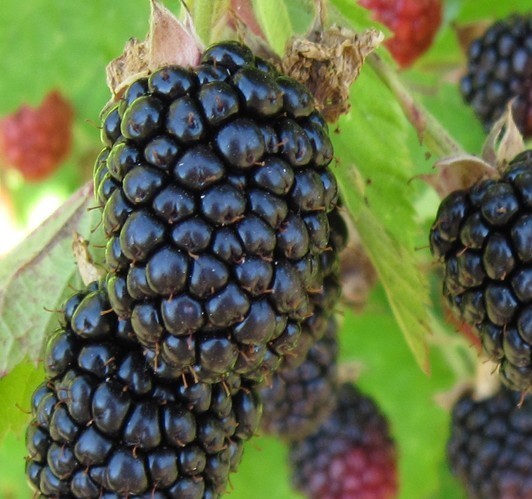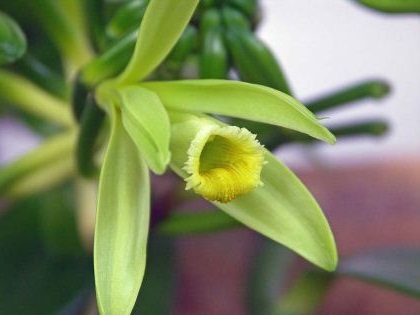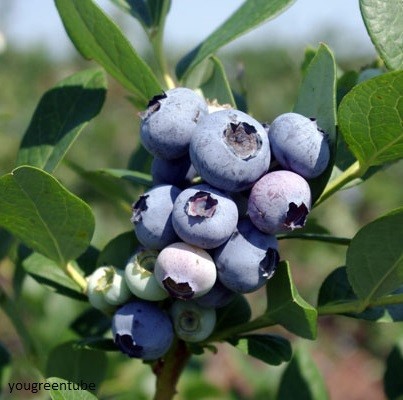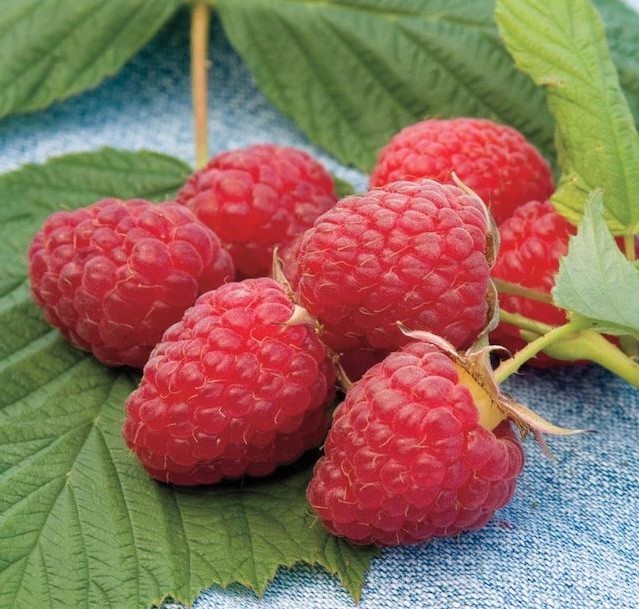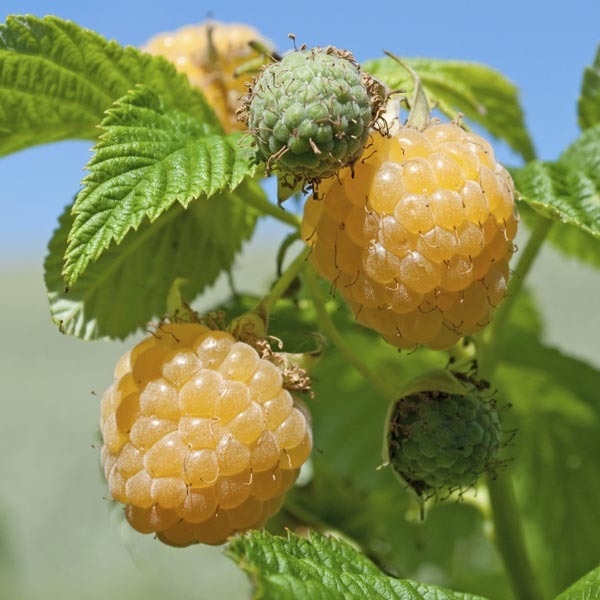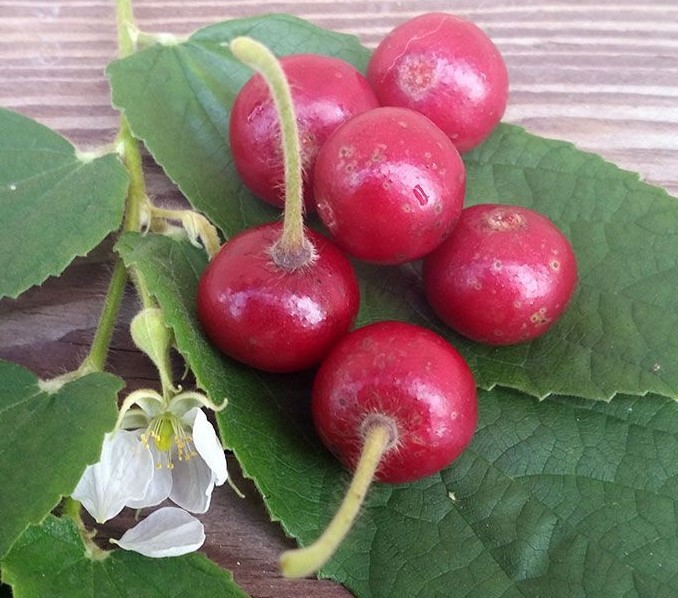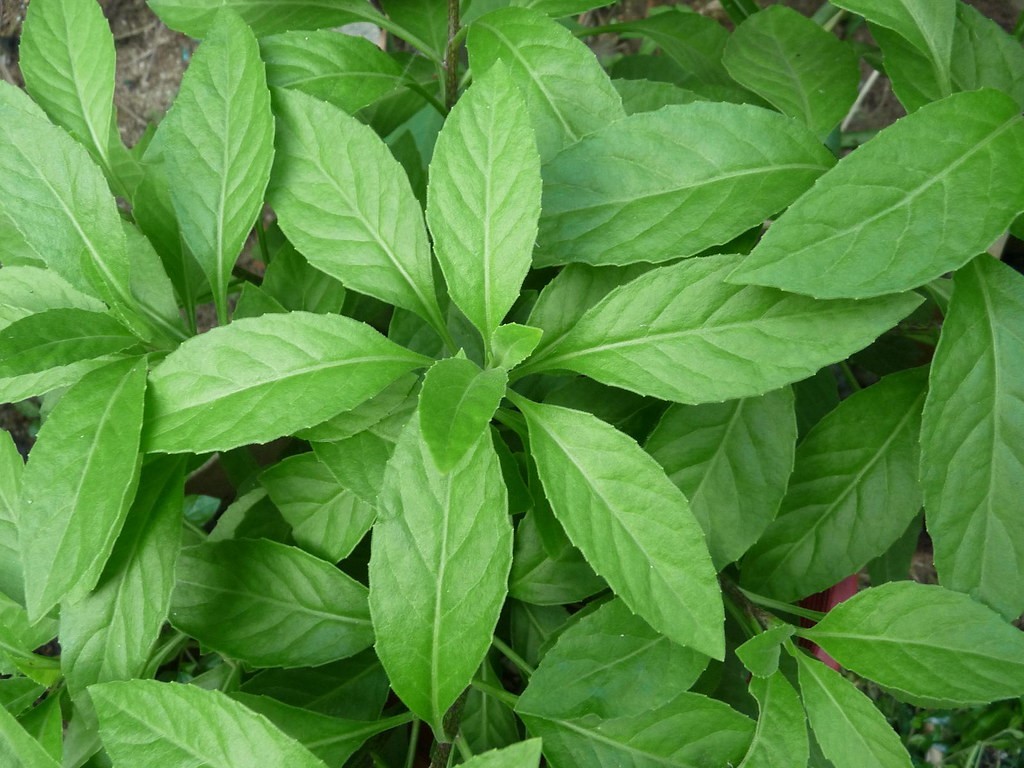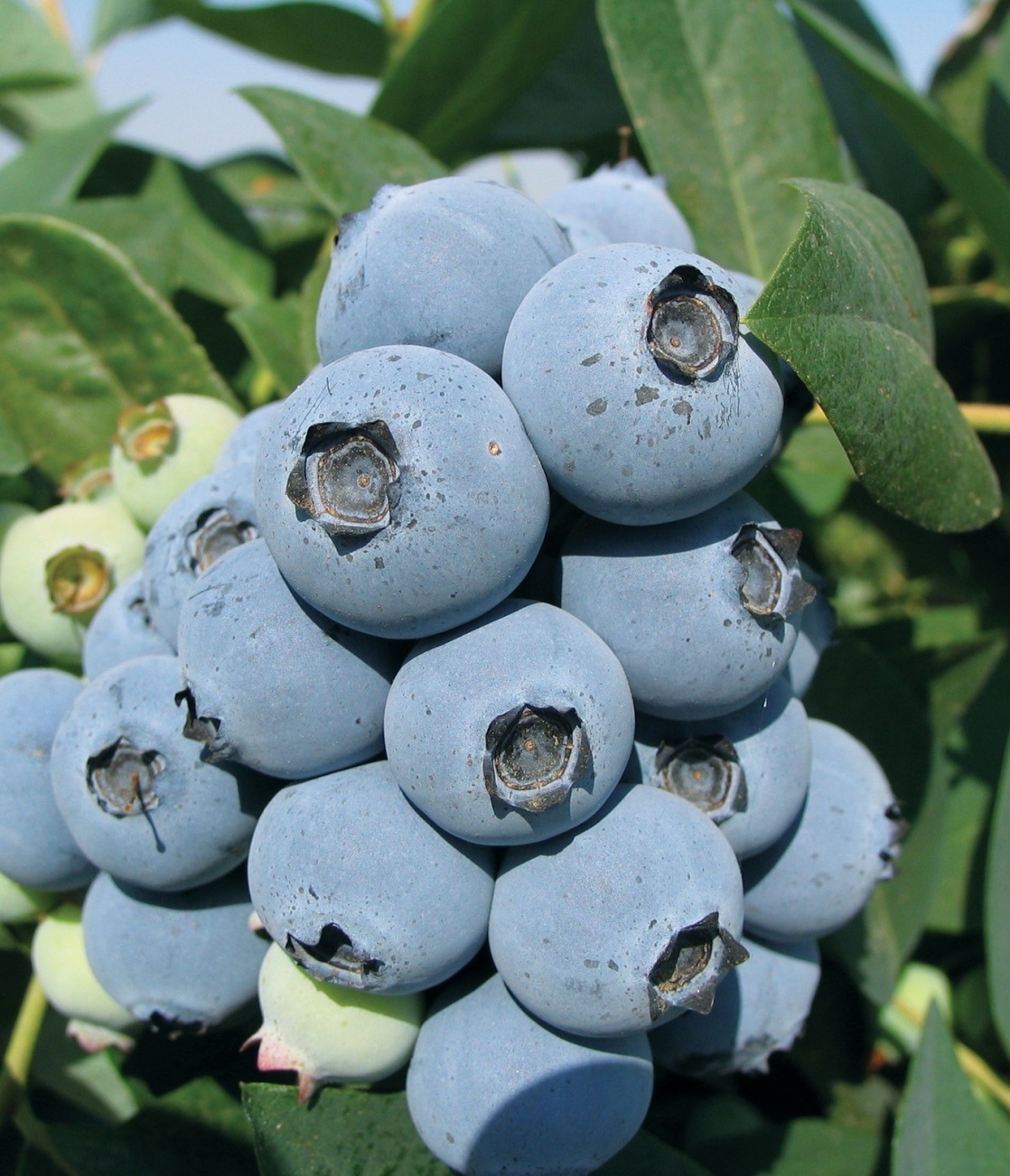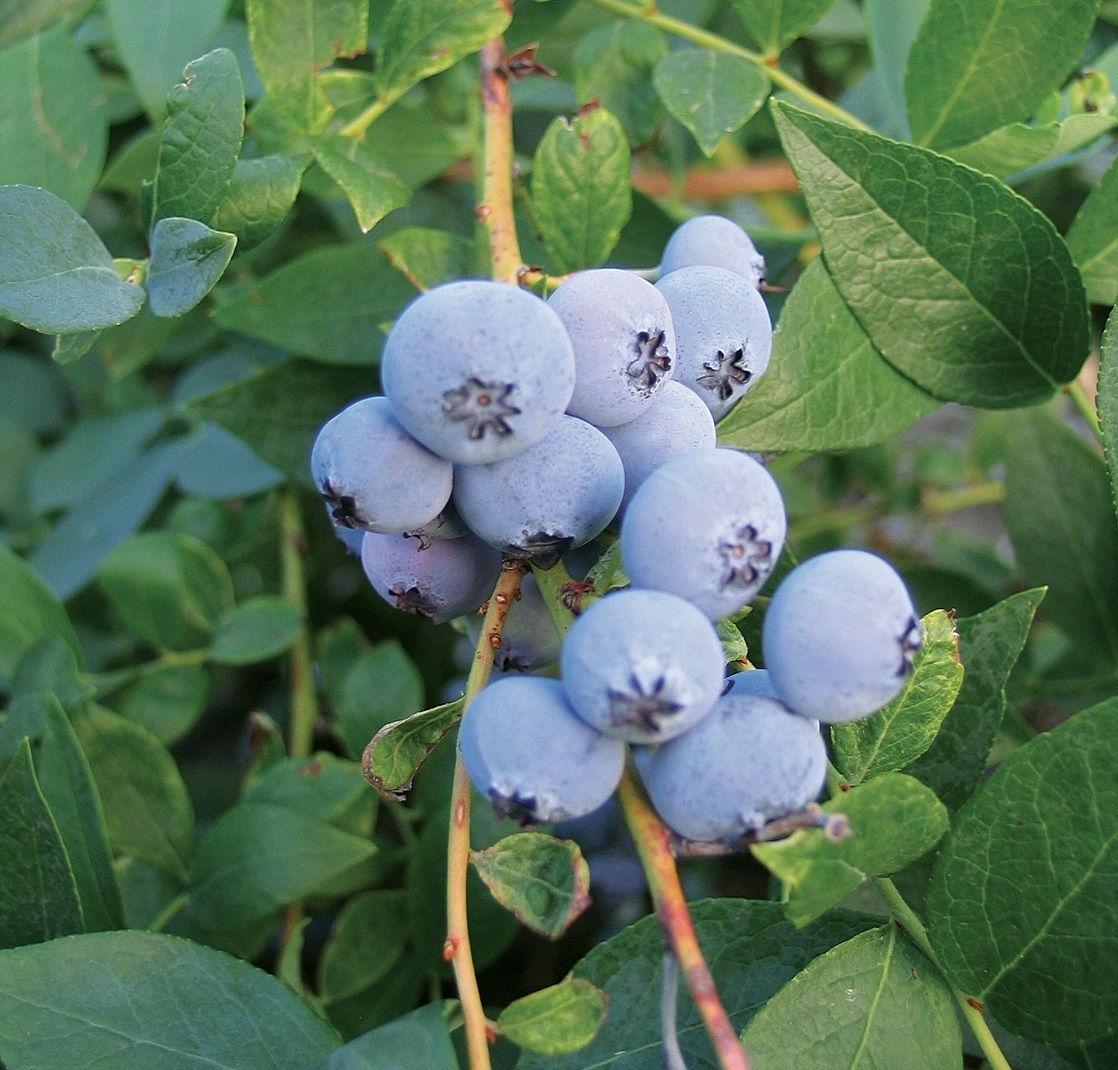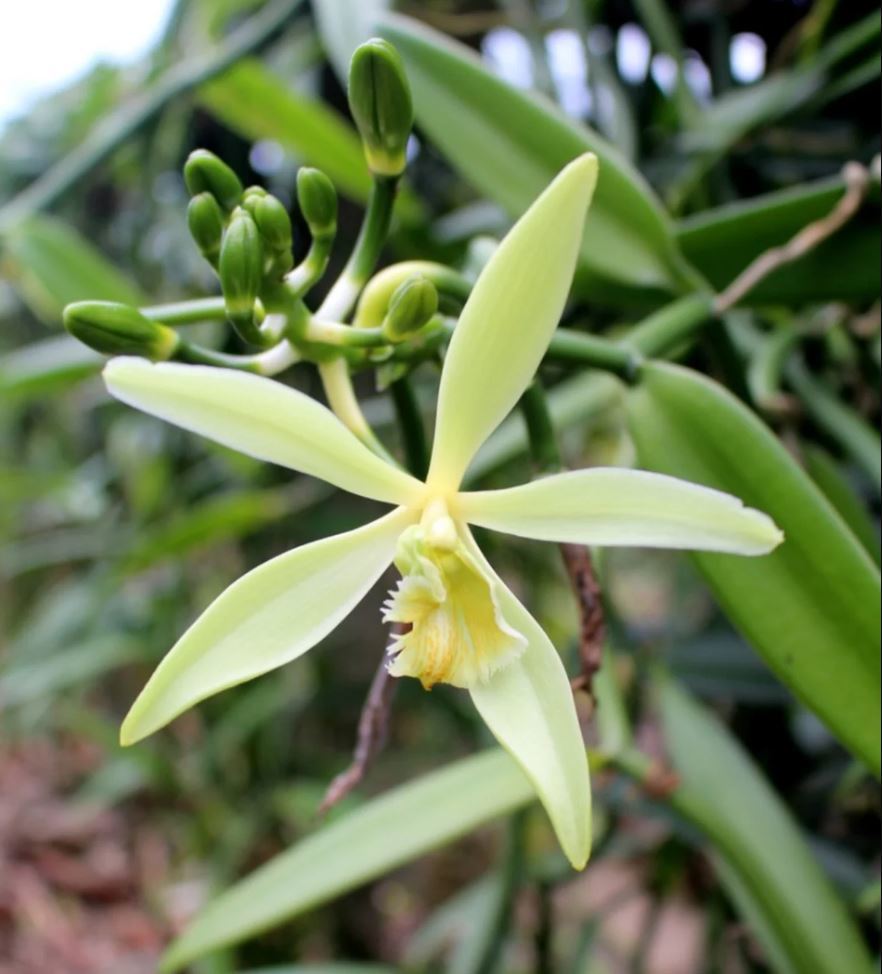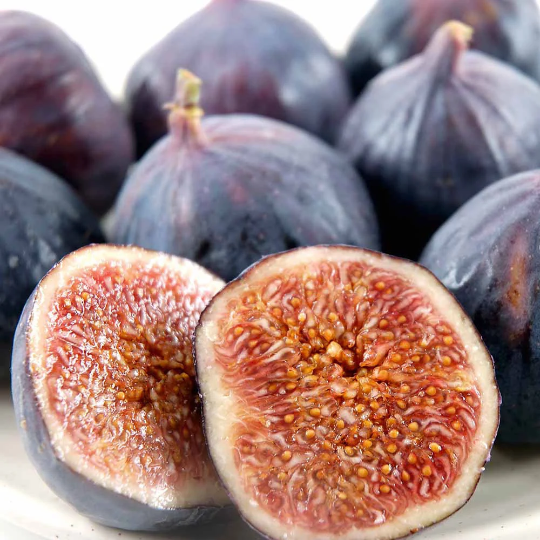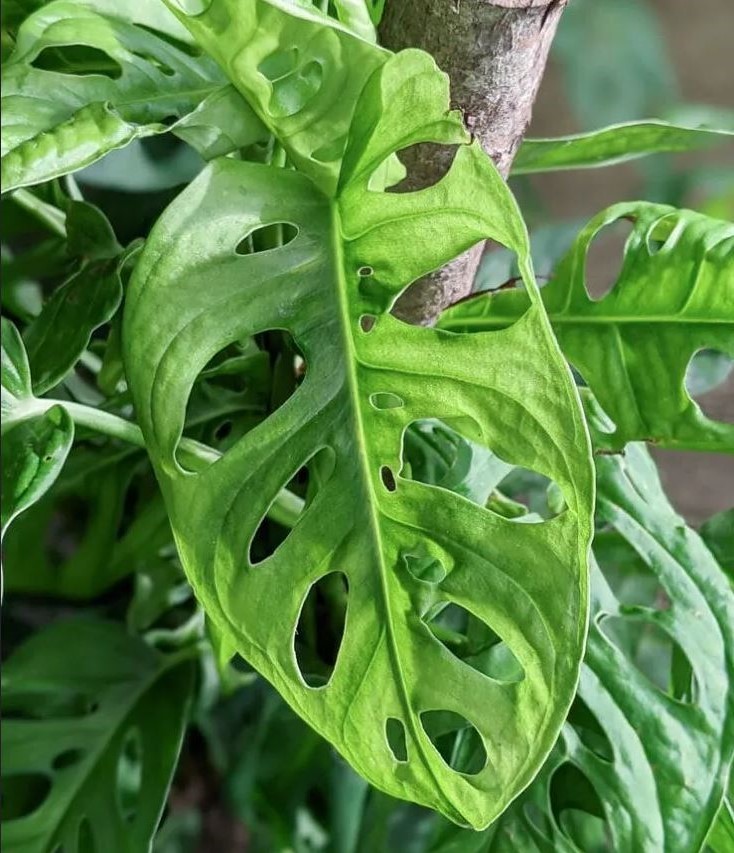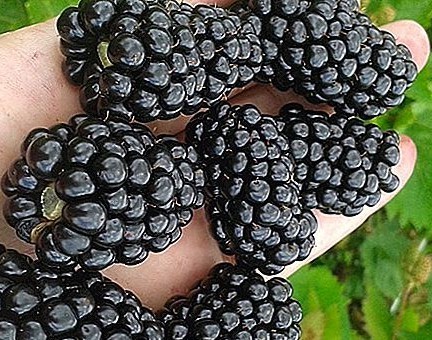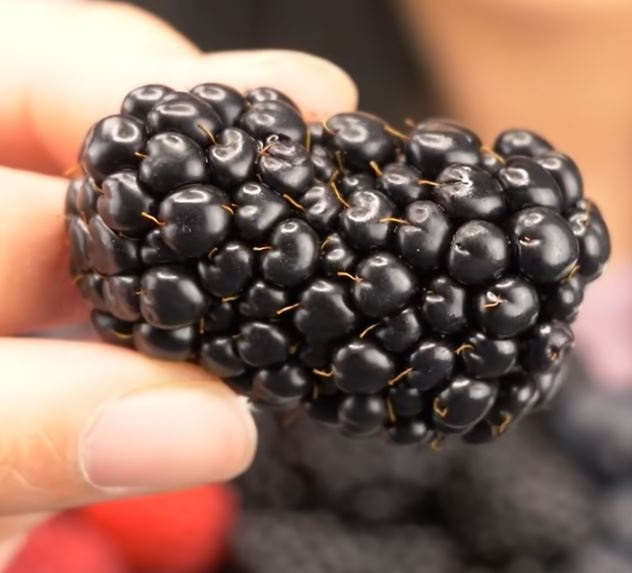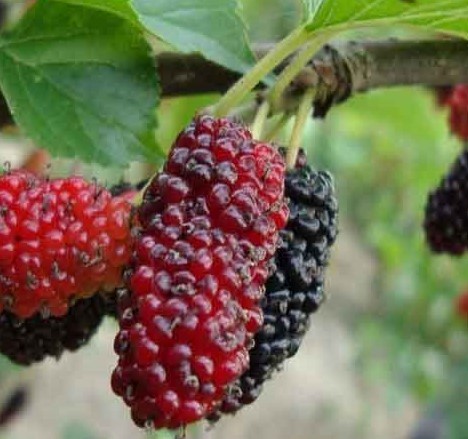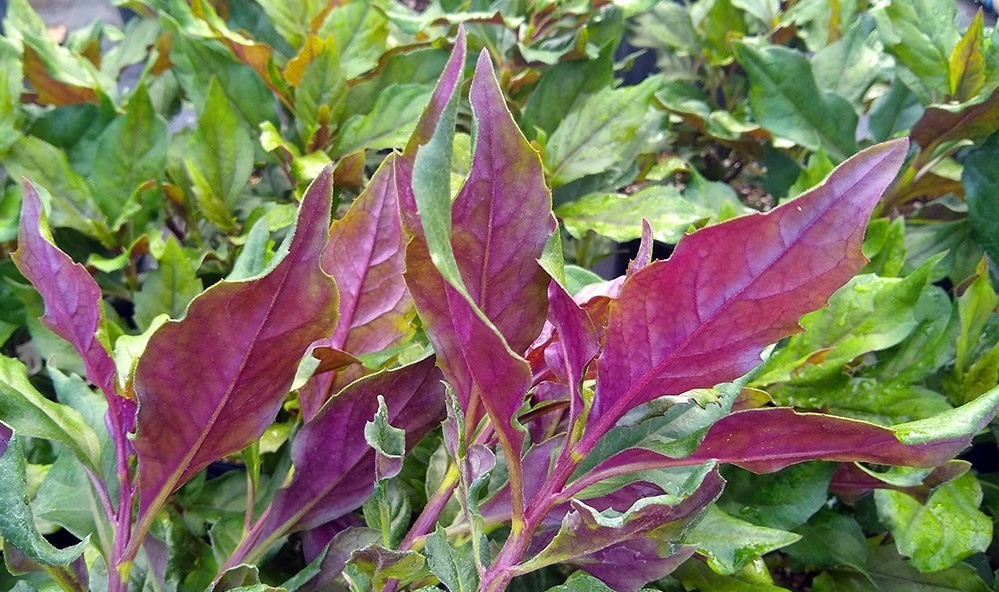Cranberry Hibiscus 6 to 8 Inch Live Starter and 50 similar items
Cranberry Hibiscus 6 to 8 Inch Live Starter Plant "Hibiscus acetosella" Plant
£15.06 GBP
View full item details »
Shipping options
Seller handling time is 1-5 business days Details
No shipping price specified to GB
Ships from
United States

Return policy
Purchase protection
Catalog info
Payment options
PayPal accepted
PayPal Credit accepted
Venmo accepted
PayPal, MasterCard, Visa, Discover, and American Express accepted
Maestro accepted
Amazon Pay accepted
Nuvei accepted
View full item details »
Shipping options
Seller handling time is 1-5 business days Details
No shipping price specified to GB
Ships from
United States

Return policy
Purchase protection
Catalog info
Payment options
PayPal accepted
PayPal Credit accepted
Venmo accepted
PayPal, MasterCard, Visa, Discover, and American Express accepted
Maestro accepted
Amazon Pay accepted
Nuvei accepted
Item traits
| Category: | |
|---|---|
| Quantity Available: |
Only one in stock, order soon |
| Condition: |
Unspecified by seller, may be new. |
| Sunlight: |
Partial Shade |
| USDA Hardiness Zone: |
8 (10 to 20 °F), 9 (20 to 30 °F) |
| Country/Region of Manufacture: |
United States |
| Plant Form: |
Bare Root |
| Genus: |
Hibiscus |
| Indoor/Outdoor: |
Indoor & Outdoor |
| Growth Stage: |
Seedling |
| Number in Pack: |
1 |
| Growth Rate: |
Fast |
| Item Width: |
4 in |
| Item Length: |
8 in |
| Common Name: |
cranberry |
Listing details
| Seller policies: | |
|---|---|
| Shipping discount: |
Shipping weights of all items added together for savings. |
| Posted for sale: |
More than a week ago |
| Item number: |
1361650644 |
Item description
Gardeners usually grow hibiscus for their showy blooms but another type of hibiscus, cranberry hibiscus, is used primarily for its gorgeous deep purple foliage. Cranberry hibiscus plants (Hibiscus acetosella) are multi-stemmed shrubs that grow from 3 to 6 feet (1-2 m.) in height with green/red to burgundy serrated leaves. Cranberry hibiscus is also referred to as African rose mallow.
One of the reasons the cranberry hibiscus is so easy to grow is because it is a short lived perennial bush. Once you plant it will grow very fast and produce for a few years. The bush likes to grow up instead of out.
The plants bloom late in the growing season with small dark crimson to purple flowers. Cranberry hibiscus is edible. Both the leaves and flowers can be ingested and are used raw in salads and stir fries. The flower petals are used in tea and other beverages. The flowers are harvested once they have folded and are then steeped in hot water or blended with lime juice and sugar for a delicious beverage. The tart leaves and blooms of cranberry hibiscus plants contain antioxidants, calcium, iron, and vitamins B2, B3, and C.
The cranberry hibiscus like most of all other flowering plants produces a fruit. However, the fruit is not what most would consider to be a fruit in terms of the culinary definition. Instead, it is a dry fruit similar to how dried bean pods are a dry fruit. Once pollinated the plant produces a capsule with many seeds inside. The capsule eventually dries, cracks open in various places, and releases the seeds.
Growing Cranberry Hibiscus Cranberry hibiscus plants are tender perennials in USDA zones 8 to 9 but can be grown as annuals in other zones. Since they bloom so late in the season; however, the plants often are killed off by frost well before bloom time. Cranberry hibiscus may also be grown as a container specimen. Cranberry hibiscus favors full sun but will grow in light shade, albeit a bit leggy. It grows in a variety of soil types but does best in well-draining soil. Cranberry hibiscus plants look wonderful planted in cottage gardens or other perennials groupings, as a single specimen plant, or even as a hedge.
Cranberry hibiscus plants are, for the most part, disease and pest resistant. If left to their own devices, cranberry hibiscus plants tend to grow rather lanky, but they can be reined in by pruning them repeatedly to not only maintain a bushier shape but to restrain their height as well. Prune cranberry hibiscus plants when young to shape them into a hedge. Cut the plants back at the end of the season, mulch well, and depending upon your USDA zone, they may return to grow a second year. You can also take cuttings in the fall to save plants for the next growing season. Cuttings will easily root in either soil or water and will do well as indoor potted plants during the winter months.
Loading
|
Why are we showing these items?
Booth
yourgreenpart |

|

-
Refine your browsing experience
We can show you more items that are exactly like the original item, or we can show you items that are similar in spirit. By default we show you a mix.
Loading
This item has been added to your cart
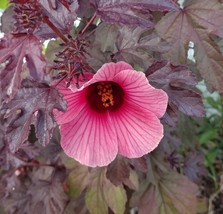 Cranberry Hibiscus 6 to 8 Inch Live Starter Plant "Hibiscus acetosella" Plant added to cart.
Only one available in stock
Cranberry Hibiscus 6 to 8 Inch Live Starter Plant "Hibiscus acetosella" Plant added to cart.
Only one available in stock
View Cart or continue shopping.
 Please wait while we finish adding this item to your cart.
Please wait while we finish adding this item to your cart.
Get an item reminder
We'll email you a link to your item now and follow up with a single reminder (if you'd like one). That's it! No spam, no hassle.
Already have an account?
Log in and add this item to your wish list.



